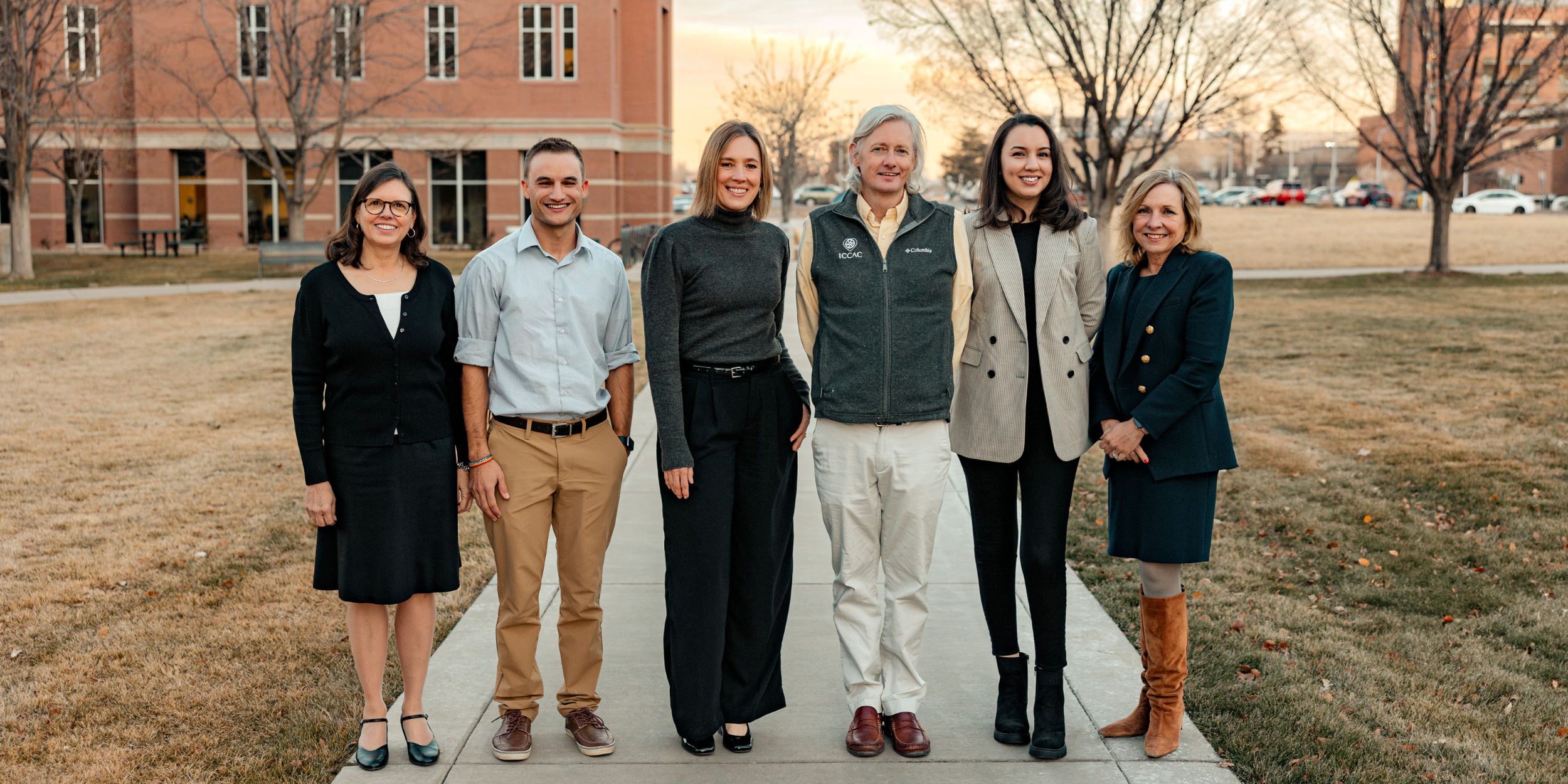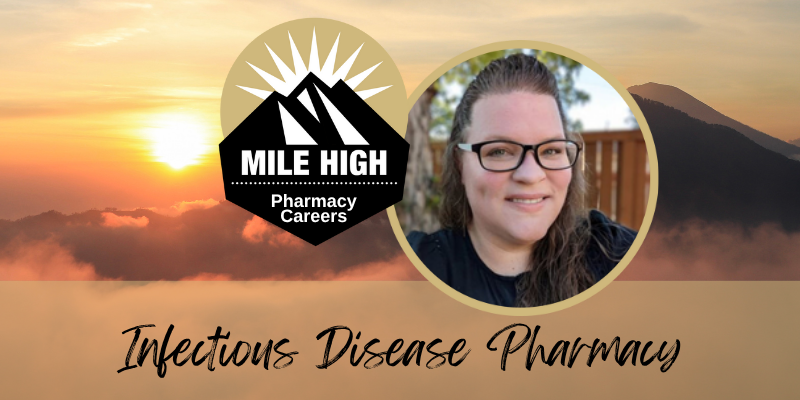Most of the public might view a pharmacist as someone behind the counter, filling medications and providing front line care. After all, pharmacists are medication experts. But what about all aspects of medications, from prescribing to safe use to cost analysis? Pharmacists are leading change in those areas, and the University of Colorado's Skaggs School of Pharmacy and Pharmaceutical Sciences Colorado Evidence-Based Drug Utilization Review (CO-DUR) Program is helping to save Colorado taxpayers millions with its work with Health First Colorado (Colorado’s Medicaid Program).
Between 2012 and 2022, Colorado’s Medicaid program has reported millions of cumulative dollars in estimated medication-related cost savings.
Program Development
Since 2012, CU Pharmacy has been a trusted partner with the state of Colorado to provide research analytics and clinical pharmacy expertise. Medicaid, under the umbrella of the U.S. Department of Health and Human Services, is a joint federal and state program that helps cover healthcare costs for some people with limited income and resources or disabilities. The federal government has general rules that all state Medicaid programs must follow, but each state runs its own program. The Colorado Department of Health Care Policy & Financing (HCPF) contracts with the CU Pharmacy DUR team to maximize value and ensure appropriate medication use that ultimately benefits all Coloradans. The contract is unique – it's one of the few professional collaborations with an academic institution among Medicaid programs across the United States.
“The primary goals of the CO-DUR program are to ensure that medications are used safely and appropriately, to ensure member access to medications they need, to apply the available evidence to optimize clinical outcomes, to minimize drug-related adverse events, and to reduce disparities in care,” said Julia Rawlings, PharmD, Program Director for HCPF Contracts and Partnerships and Clinical Lead for the CO-DUR Program. Dr. Rawlings is also an ex officio member of the Colorado DUR Board.
“About twenty-five percent of Colorado residents are covered by Health First Colorado, [Colorado's Medicaid Program] compared to twenty-three percent covered by private insurers,” explained Rawlings. “The collective effort of the CO- DUR Program, the Colorado DUR Board, and the State of Colorado have a significant impact on drug utilization patterns in our state.”
According to Rawlings, another goal, in line with HCPF’s mission statement, is to be a good steward of Coloradans’ tax money and provide optimal value to Medicaid enrollees who use the available resources. To accomplish this, the CO-DUR team consists of three clinical faculty, Gina Moore, PharmD; Robert Page, PharmD; and Rawlings; and three members of the analytics team, Heather Anderson, PhD; Garth Wright, MPH; and CU Pharmacy PhD student Mouna Dardouri, PharmD.
How does it all work?
Drs. Page and Rawlings contribute to the development and maintenance of drug use criteria on the Colorado Medicaid preferred drug list (PDL) as well as the Appendix P for non-PDL products. The PDL is a comprehensive list of medications that outlines preferred drug products and associated prior authorization criteria for more than 130 drug classes and subclasses to guide Colorado prescribers. With a combined volume of nearly 270 pages, these complex online documents require thorough review and updating at least once a year. Rawlings reports that between 25 and 40 drug classes are reviewed each quarter based on an established schedule, and several new products are added to Appendix P each quarter. A new, complete set of DUR criteria must be drafted and developed for each of those Appendix P products.
“...the cost savings derived from a robust DUR program are most often created through thoughtful development of evidence-based prior authorization criteria for entire classes of drugs as well as for individual drug products,” explained Rawlings.
“Some medications may cost pennies per dose while other products cost several million dollars per dose. Skillfully developing evidence-based drug utilization criteria, and creating retrospective analyses, helps payors like Health First Colorado manage the limited annual ‘bucket’ of money allocated to medication coverage and provide more benefit to more patients.”
Education in All Areas of Pharmacy
And because CU Pharmacy is an educational institution above all else, students are part of the journey.
The CU Pharmacy Population Health Internship Program is a longitudinal experience that allows second and third year PharmD students to participate in quarterly Colorado DUR Board meetings, prepare and present FDA reports, gain real-life experience with one-on-one mentoring to draft and present new prior authorization criteria sets for review, and complete special projects assigned over winter and summer breaks. The program is unique to CU Pharmacy and the first of its kind among schools of pharmacy in the U.S. As a result of their experiences, many students in the program have gone on to pursue pharmaceutical industry fellowships, Master of Public Health degrees, or managed care residencies post-graduation.
“The CO-DUR team at CU Pharmacy provides an excellent example of how close collaboration between a government program and an academic institution can optimize medication use within a patient population that spans an entire U.S. state,” Rawlings said.
“My current role allows me to draw upon my experiences in drug information, ambulatory care, community pharmacy, research, technical writing, and medication safety,” she continued. “After I stepped into the DUR world five years ago, I began to feel that I could really make a difference. I have a sticker on my laptop that says, ‘Do good every day.’ And that’s what I try to do.”
Photo caption for photo at top: Members of the CO-DUR team stand on the CU Anschutz Medical Campus. L-R: Julia Rawlings, PharmD; Garth Wright, MPH; Heather Anderson, PhD; Robert Page, PharmD; Mouna Dardouri, PharmD; and Gina Moore, PharmD.


.png)
